The ICT methodology, short for Inner Circle Trader, is one of the most well-known and powerful modern trading approaches. It was developed by the American trader Michael Huddleston.
What makes this methodology unique is that it doesn't rely on traditional indicators or classic chart patterns. Instead, it views the market from a completely different perspective: the perspective of large financial institutions.
With ICT, you're not just analyzing price — you're learning to understand who moves the price and why.
The main goal is to trade in the same direction and from the same zones where banks and institutions enter, while avoiding the traps that catch retail traders.
1 Why is ICT Different from Traditional Analysis?
While most traders use indicators like RSI, MACD, or standard support/resistance lines, ICT ignores all of that.
Instead, it focuses on:
Liquidity: Where are the hidden buy and sell orders?
Institutional entry zones: such as Order Blocks.
Invisible imbalances: known as Fair Value Gaps (FVGs).
Precise market timing: through "Killzones" when institutions enter the market.
This methodology teaches you that the market doesn’t move randomly — it follows a structured plan driven by smart money.
2 Key Concepts You Will Learn in This Series:
Throughout this course, you’ll dive into advanced concepts that explain price action in a professional way.
Here are some of the key ideas you’ll explore:
Liquidity:
These are areas where many stop-loss or pending orders accumulate, often above highs or below lows — which makes them ideal targets for institutions.
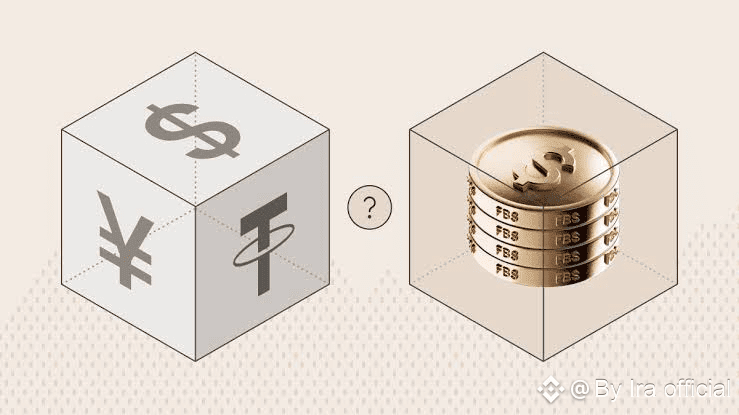
Market Structure Shift (MSS):
This occurs when a key high or low is broken, signaling a potential change in trend direction.
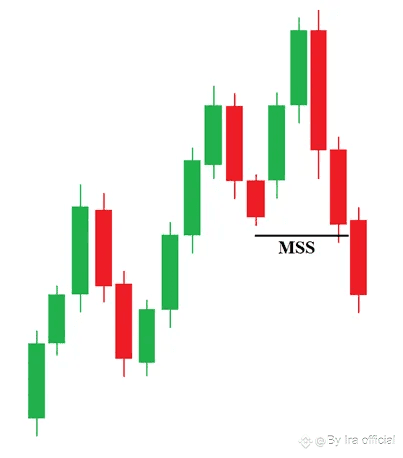
Fair Value Gap (FVG):
A gap left behind after a strong price movement. Price tends to return to fill that imbalance before continuing its trend.
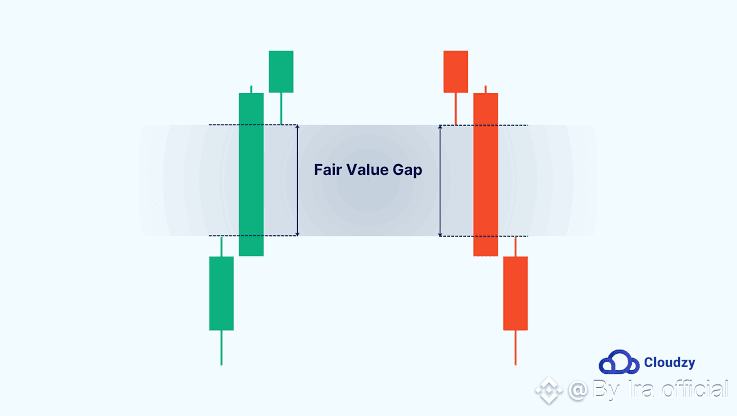
Order Block (OB):
The last candle before a major institutional move. Price often returns to this zone before resuming in the same direction.
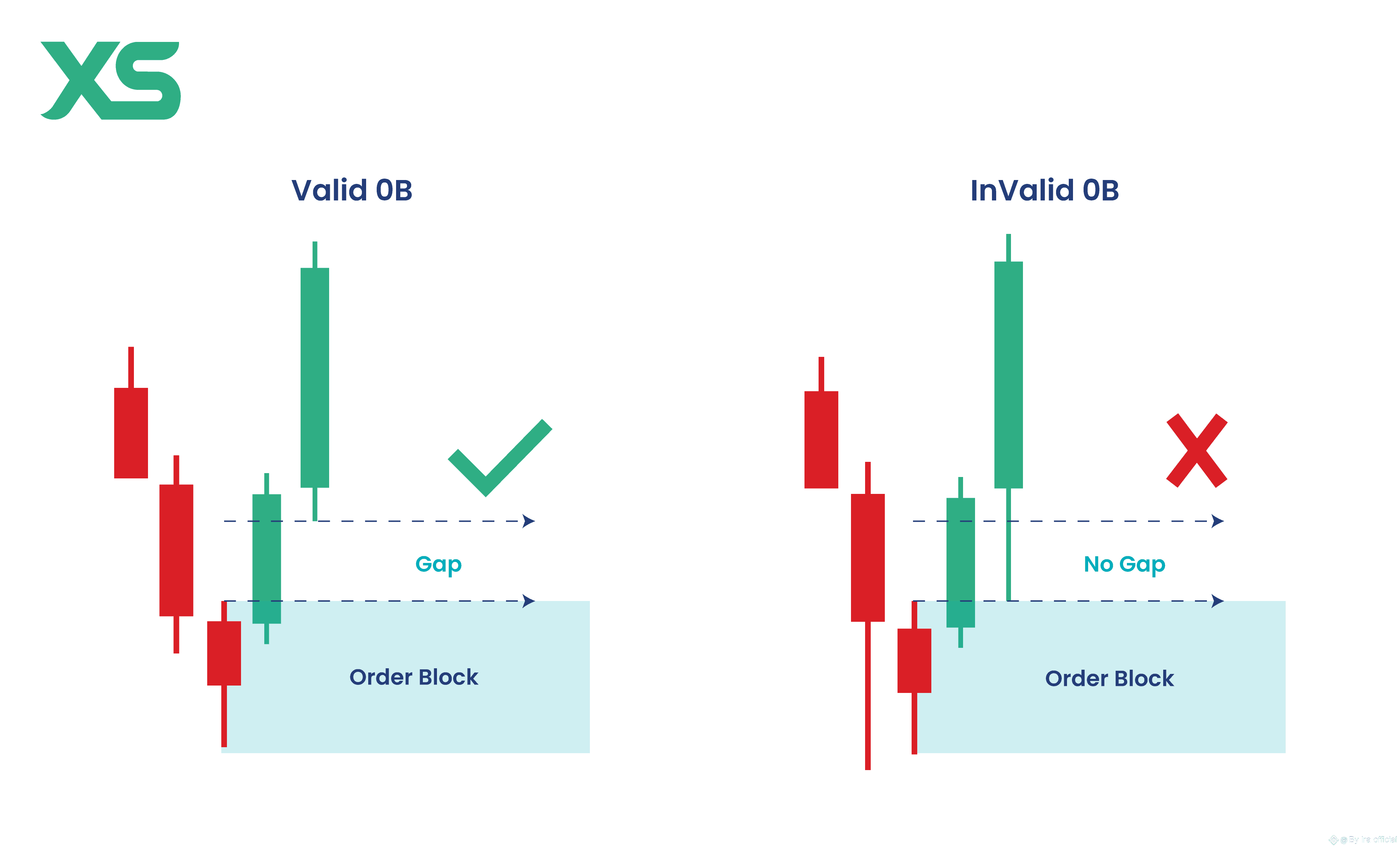
Breaker Block:
A more advanced form of Order Block that appears after a structural break. It often serves as a strong support or resistance area.
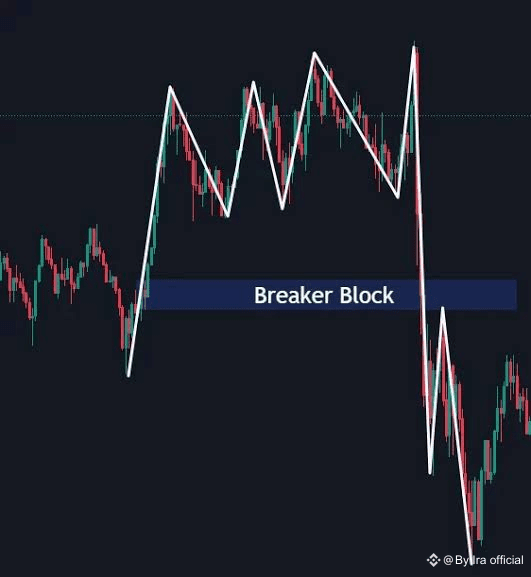
Inducement:
A false or manipulative move designed to bait retail traders into bad positions so that smart money can take liquidity from them.
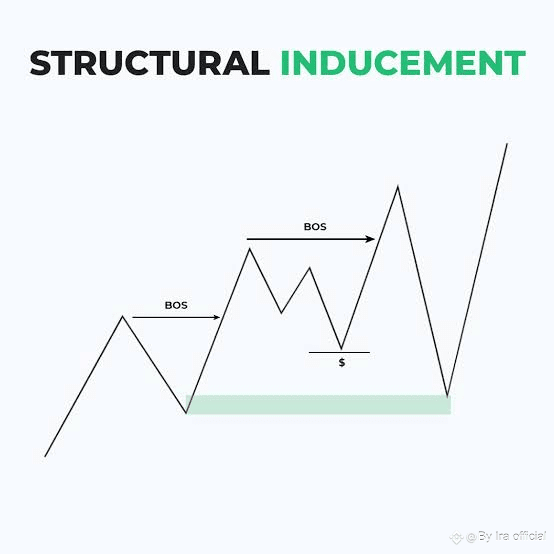
Killzones:
Specific time windows in the trading day, such as the London or New York open, when institutions actively enter the market and initiate strong moves.
3Your Objective in This Series:
Your goal isn’t just to memorize terms — it’s to understand how these concepts work together to form a complete trading framework that allows you to:
Enter the market from high-probability zones.
Use smaller stop-losses.
Increase win rates.
Be well-prepared to pass funded account challenges.
📌 Final Notes:
This methodology is not easy, but it’s absolutely worth the effort.
In the upcoming lessons, we’ll break down each concept in detail with real examples and chart illustrations.
It’s important to practice each concept before moving on to the next.
📝 I put a lot of effort into preparing and sharing these lessons with you sincerely and with the hope they bring real value. So if you find this content helpful, please don’t forget to like and support me by following the page — it truly means a lot and helps me keep going.
📚 I also invite you to check out the previous lessons and share your honest opinion:
Were they helpful? Is there anything I could improve?
All your feedback is welcome 🙏

